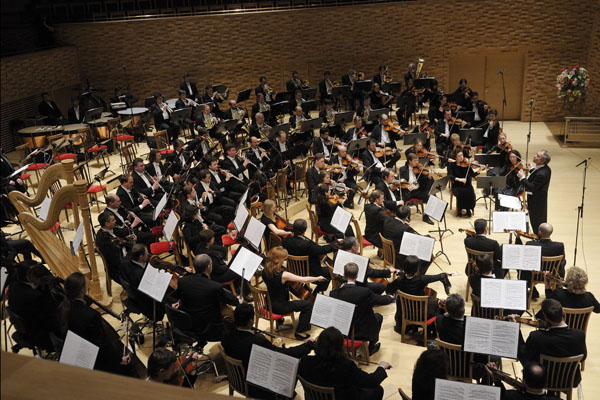
Ludwig van Beethoven (1770–1827)
Symphony No 1 in C major (1800)
Written in 1800, the First Symphony opened a new century. But much of its content is a tribute to Mozart, Beethoven´s great predecessor. Beginning with the tonality and ending with exchanges of motifs in the finale, the symphony hints of the grandiose Ninth Symphony of the great Salzburg teacher´s student. But for all that is reminiscent of Mozart in the First Symphony, it it obvious that it brought the world a symphonic conductor of a new age – with other accents, a different concentration of will and a different idea. After the world premiere of the work in Vienna on 2 April 1800 the General Musical Newspaper published a review stating "At the end of the concert his symphony was performed, an exemplary work of art, full of novelty and a richness of ideas. We note, however, the too frequent use of woodwind instruments; it could be thought that it is a work rather for a military than a symphony orchestra."
Symphony No 6 (Pastorale) in F major, Op. 68
Beethoven´s Pastorale symphony represents a lofty philosophical idyll, suggested by the thought of harmony between man and nature. The titles Beethoven gave to the movements of the symphony make it one of the first examples of programme symphonism. The first movement – The Awakening of Joyous Emotions in the Open Air – is filled with the poetry of rural tranquility, the limitless expanse of nature. The second movement – Scene by a Stream – is imbued with contemplative peace. The descriptive details (the babbling of the stream, bird-song) adorn the musical landscape with authenticity. The third movement – The Peasants´ Merry Assembly – is a short, colourful genre scene of a happy village celebration: dances to the sound of a simple ensemble. The fourth movement – Thunder. The Storm – in
the words of Berlioz "leaves everything that had been attempted in the genre far behind". Through the orchestra the composer conveys the grandiose power of a raging storm. The finale has two titles – The Shepherd´s Song and The Joyful Feeling of Thanks after the Storm. Once again tranquility rules in nature. The Pastorale symphony concludes with a peaceful hymn to the benevolence of nature.
Иосиф Райскин, 2005
